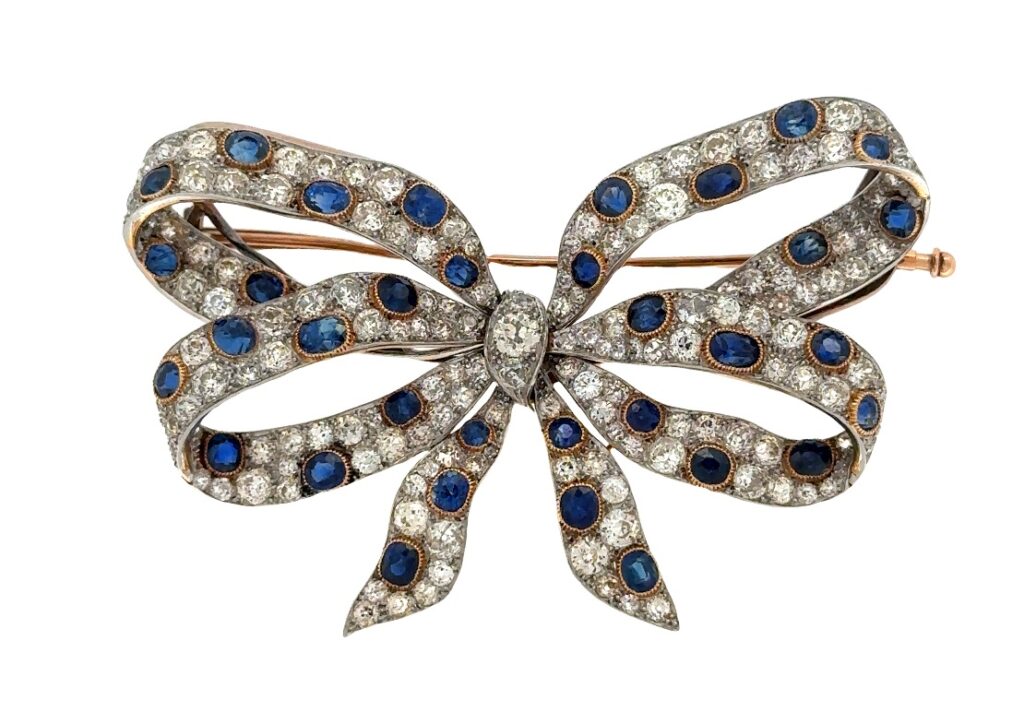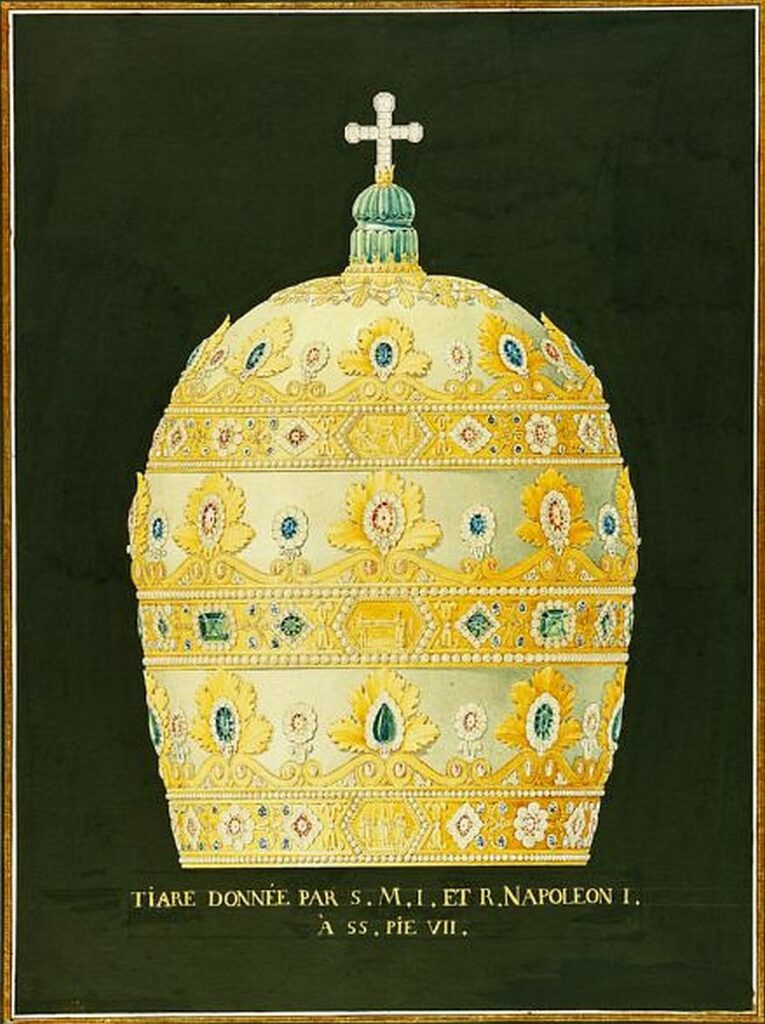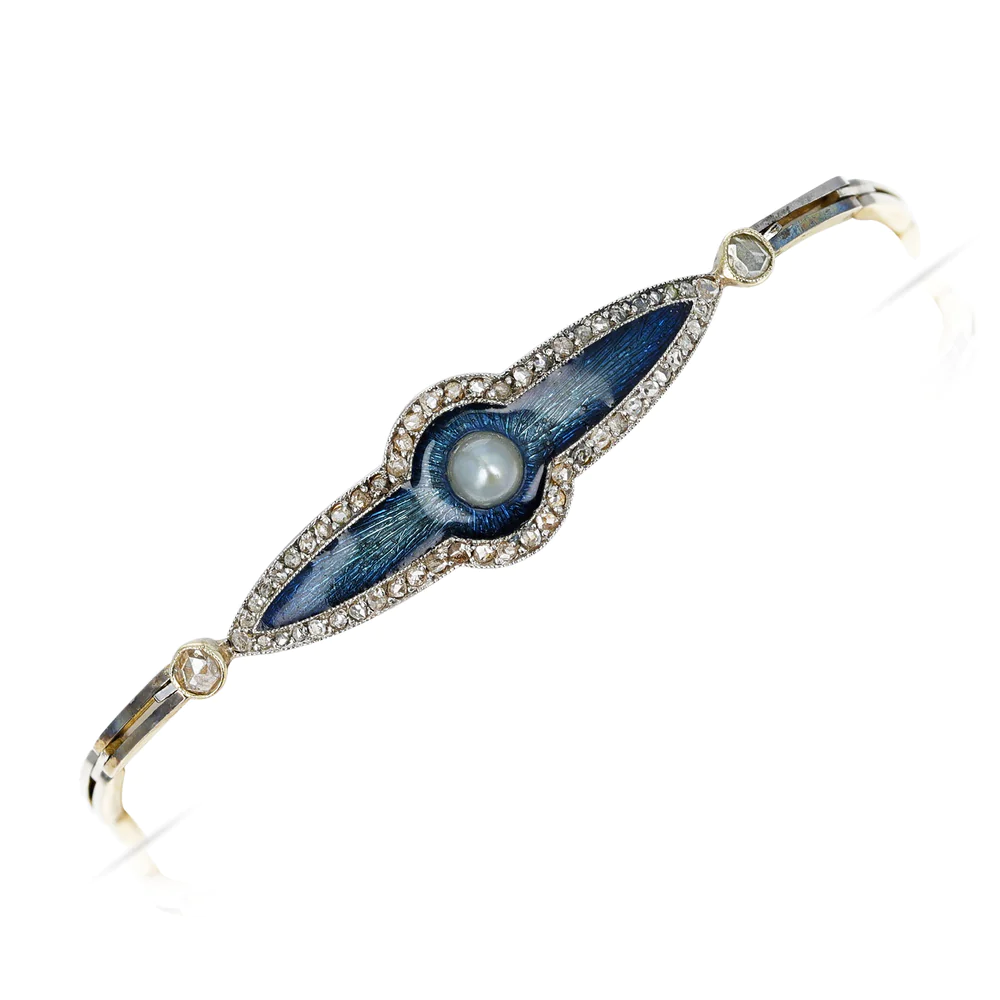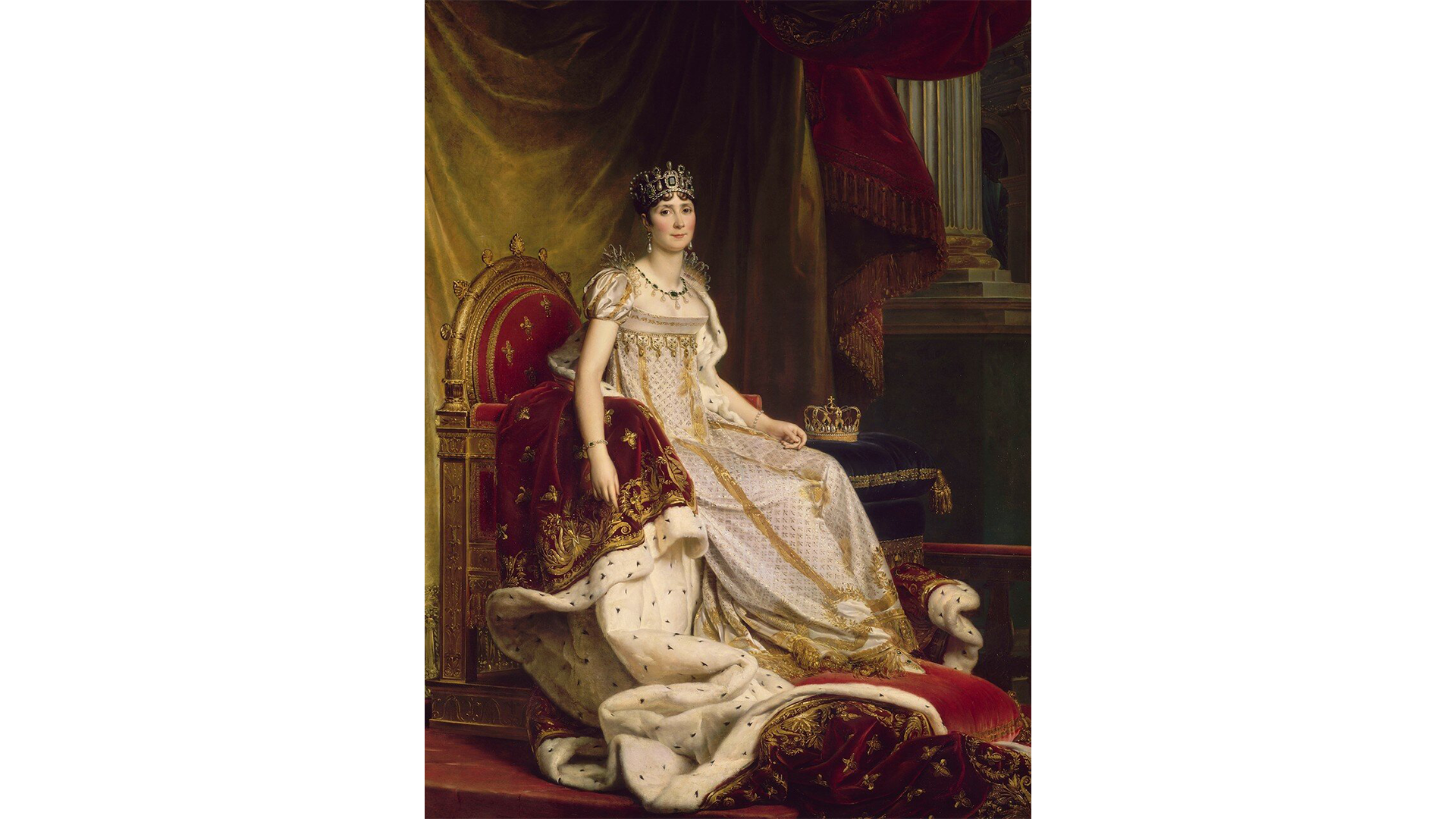With over 2,000 tiaras crafted since its inception in 1780, Chaumet has built a reputation on this powerful headpiece. The jeweler created sparkling tiaras, and other jewelry, with innovative designs not only for the French monarchy, but also for nobility and royalty throughout Europe and the rest of the world.
Napoleon’s Jeweler

The company was founded by Marie-Etienne Nitot, who was an apprentice to and then employee of Ange-Joseph Aubert, who was the jeweler to Marie-Antoinette. Nitot eventually struck out on his own (it will be a good many years before the name Chaumet is adopted) with much of his well-heeled clientele following him. Known as an artisan jeweler, Nitot was both creative and technically adept, fabricating opulent jewelry coveted by his clients.
In 1789, France fell into disarray when the French Revolution took place. Many of the aristocracy fled the country and understandably, people were not wearing much jewelry. But by 1802, Napoleon I had taken power and by 1804 he had anointed himself emperor. Over the years, Napoleon had a keen interest in jewelry, allegedly understanding that it added to one’s prestige while sending a message of power. He also wanted to launch Paris as the capital of fashion, luxury and culture; wearing jewelry helped make that point.
Imperial Protocol

Napoleon I’s first wife, Empress Josephine made tiaras fashionable, while at the same time using them to show her power and position. It also became imperial protocol for women to wear tiaras to official events. Nitot was soon made official jeweler to Napoleon I and he became the personal jeweler to Josephine. Marie-Etienne Nitot made the wedding jewelry for the marriage of Napoleon and Josephine and created the hilt of Napoleon’s coronation sword that is set with the 140.50 carat diamond, known as the Regent, currently in the Napoleon I Museum at the Chateau de Fontainebleau. He also made the coronation crown for the self-appointed emperor. In addition, at the emperor’s request Nitot made a new Papal tiara for Pope Pius VII, known as the Napoleon Crown. By this time Nitot’s son, Francois Regnault, had joined him in the business, taking over the firm in 1809 when his father died. He was also appointed a court jeweler by Napoleon I. After Napoleon and Josephine divorced, he married Marie Louise of Austria and Nitot was her jeweler as well.
A New Regime

The company changed hands again in 1815 after the fall of Napoleon’s government and his exile. It happened that Francois Regnault was an ardent supporter of Napoleon and when the monarchy fell, he left the country, after selling the company to workshop foreman, Jean Baptiste Fossin, who continued to create marvelous jewelry with his son, Jules, as Maison Fossin. Luckily the aristocracy of the new court of King Louis-Philippe were enamoured with the work of Masion Fossin and the list of high profile clients grew beyond the aristocracy to include writers, painters and sculptors.
In 1848 there was another French Revolution, which once again changed the leadership in France. That event led the company to open a branch in London with a workshop run by goldsmith Jean-Valentin Morel, whose son Prosper worked alongside him. Once in London, they caught the attention of Queen Victoria, who granted Jean-Valentin Morel a royal warrant.
Becoming Chaumet

In 1885 Prosper’s daughter Marie, married Joseph Chaumet, who took over the business and renamed it. In 1907, Chaumet set up shop at 12 Place Vendome, where it remains today. Joseph was succeeded in the business by his son Marcel in 1928. The company continued its tradition of creating jewels for the fabulously wealthy and royals. Their fame went beyond Europe and the Maharajahs of Baroda and Indore both became clients of Chaumet, bringing sumptuous jewels from India to be set into elegant designs. The firm became well known for its Art Deco creations.
After World War II, the design house changed its style to be in tune with the “New Look” being promoted by fashion leaders Christian Dior and Yves Saint Laurent. The New Look featured a fitted bodice, nipped waist and a full skirt that was considered very extravagant since fabric had been rationed during World War II. The jewelry styles became more diverse appealing to a wider clientele through the second half of the 20th century.
In 1999, Chaumet was acquired by the luxury group LVMH and in 2020, the jeweler celebrated its 240th anniversary. Today, the company draws upon its heritage creating contemporary designs based on one of the maison’s favorite muses, Empress Josephine.
Top of Page: Josephine in coronation dress, public domain, courtesy wiki commons.
Authored by Amber Michelle
